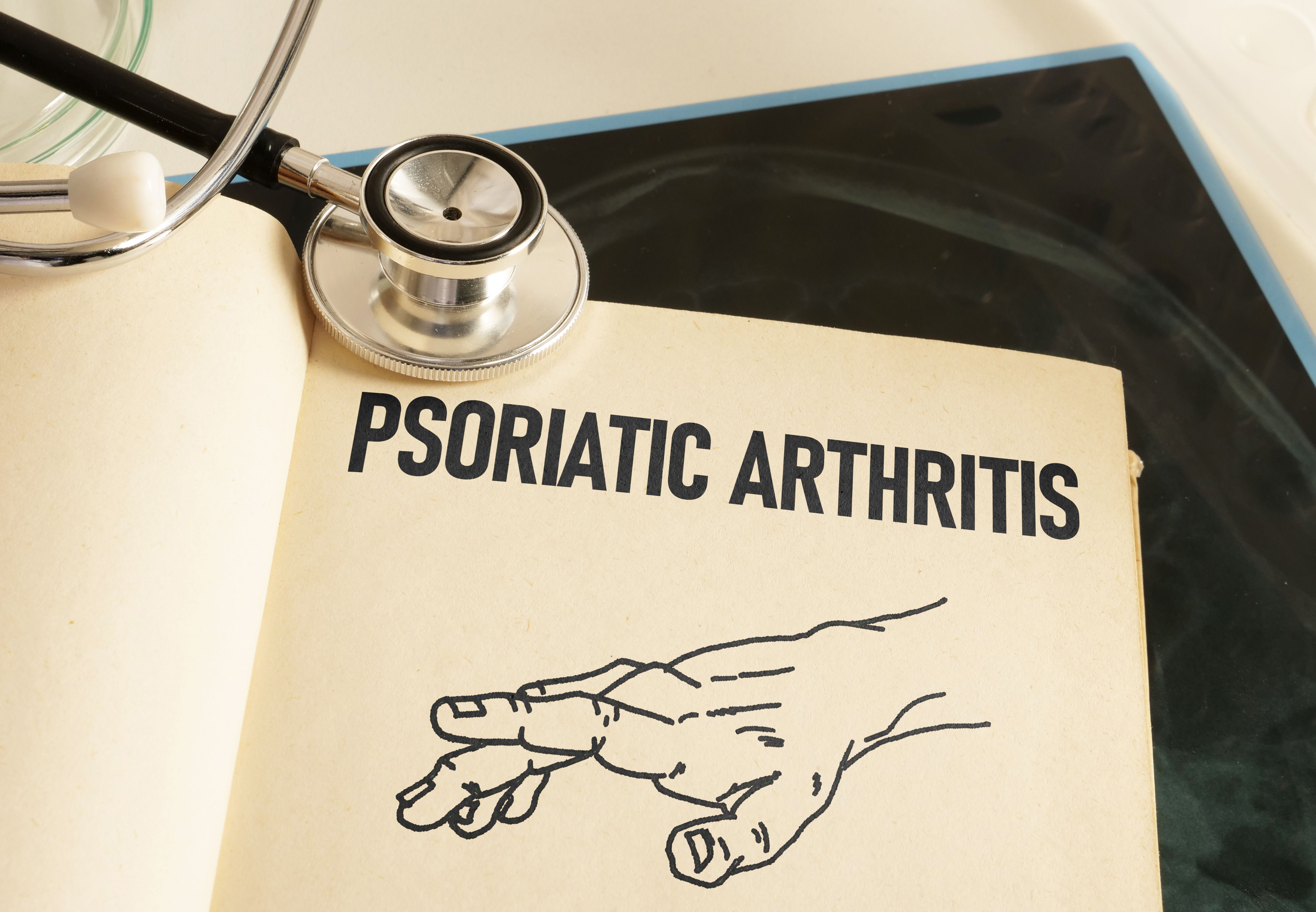News
Article
Study Suggests Physical Activity Could Mediate Fatigue in Patients With MS
Author(s):
Through a multitude of assessment tools, findings suggest that lower amounts of physical activity directly correlate with higher rates of fatigue in patients with relapsing-remitting multiple sclerosis (MS).
Individual fatigue significantly correlates with activity level and disability in those affected by multiple sclerosis (MS), according to a study published in Multiple Sclerosis and Related Disorders.
Despite fatigue being one of the more prevalent symptoms of MS, it has been tough to quantify its impact on the daily lives and routines of individuals with this disease. Currently, measures such as the Modified Fatigue Impact Scale (MFIS) and Fatigue Severity Scale (FSS) are used to assess patients with MS. Additionally, as the authors of the present study note, tools such as the Expanded Disability Status Scale (EDSS; scale from 0-10, with higher scores indicating worsened disability) and MS Functional Composite (MSFC) are frequently used to investigate the relationship between fatigue and disability in MS.
Blurry Exercise | koldunova - stock.adobe.com

Accelerators, which track movement and exercise data, are a useful tool for tracking physical activity, but there are insufficient data on how effectively accelerator-measured activity relates to these common forms of assessment in patients with MS. To address this gap, researchers conducted a study analyzing the link between fatigue, disability, and accelerometer measurements, alongside the aforementioned tools and scales, and how they correlate with the daily life of patients with relapsing-remitting MS (RRMS).
From January 2016 until May 2018, web-based questionnaires were sent out to patients with MS. Forty-one of those who answered were eligible and willing to participate. Patients with progressive forms of MS, EDSS scores over 5.5, or diseases or injuries that impacted their physical activity levels were barred from participation.
The group’s median EDSS was 2.5 and they were subsequently split into 2 groups: an EDSS-high group (≤2.5) and EDSS-low group (>2.5). A control group was also included of age- and gender-matched healthy volunteers.
Questionnaires (MFIS ≥ 38 indicating severe fatigue, FSS > 5 indicating clear fatigue) and all physical tests were taken on the same day, and for the following week the participants kept an accelerometer and a diary of their activity.
Results from the questionnaires showed that 63% of patients with RRMS experienced fatigue, which was a significantly higher rate than that of healthy controls.
MSFC disability measurements were significantly higher in the control group compared to the RRMS group (P < .001). The EDSS-low group also scored significantly higher than the EDSS-high group (P = .004).
FSS were significantly higher in RRMS and EDSS-high individuals compared with controls and EDSS-low participants (P < .001). This trend continued in MFIS scores.
Some of the physical exams included a 6-minute walking distance and 30-second sit-up test. Healthy control individuals performed at significantly increased rates here as well compared with the RRMS group (P < .001 for each). Additionally, although not statistically significant, controls averaged 20 more minutes of activity per day.
Patients affected with RRMS demonstrated increased rates of fatigue (FSS, MFIS) and higher prevalence of disability (EDSS, MSFC) compared to healthy individuals. Although accelerometer data did not correlate with disability, the researchers’ questionnaires and physicals suggest a clear association between higher disability rates, lower moderate to vigorous physical activity (MVPA), and worsened physical condition with elevated levels of fatigue in MS.
The authors see a lot of strength in their study due to the wide array of measurements and metrics they utilized. In their concluding thoughts, they reemphasize how impactful fatigue is in MS and that a good avenue for managing this incidence could come in the form of more suitable, routine exercise regimes.
Reference
Luostarinen M, Remes AM, Urpilainen P, Takala S, Venojärvi M. Correlation of fatigue with disability and accelerometer-measured daily activity in patients with relapsing-remitting MS. Mult Scler Relat Disord. 2023:78:104908. doi: 10.1016/j.msard.2023.104908

Weight Fluctuation Threatens Kidney Health in Type 1 Diabetes




